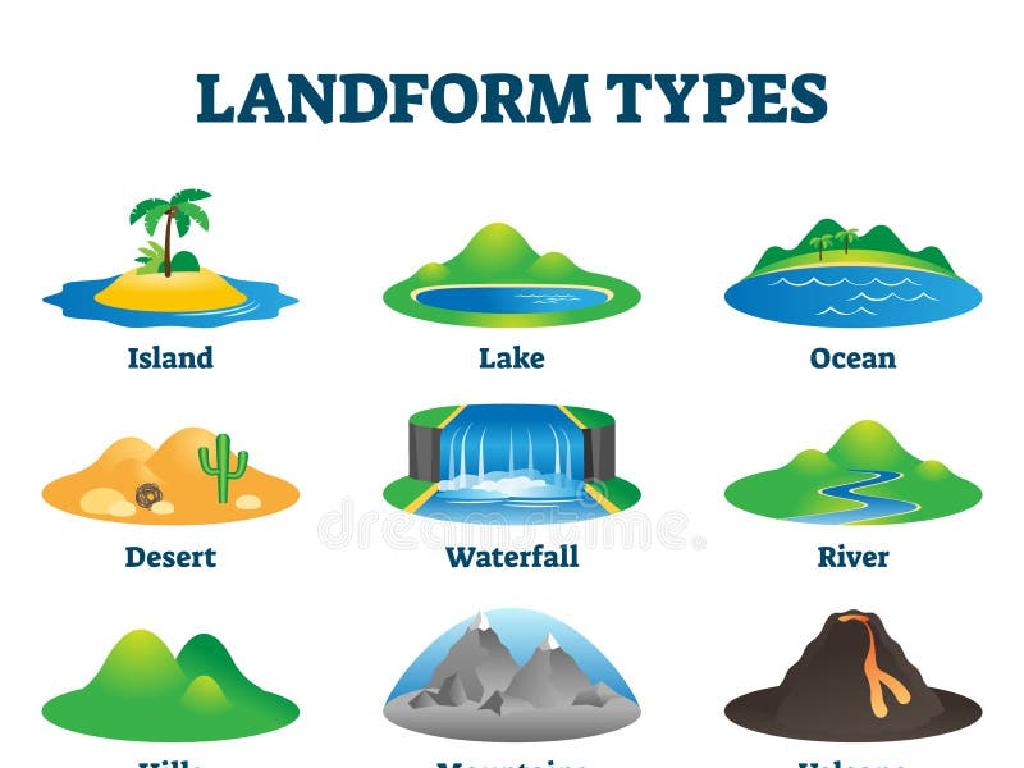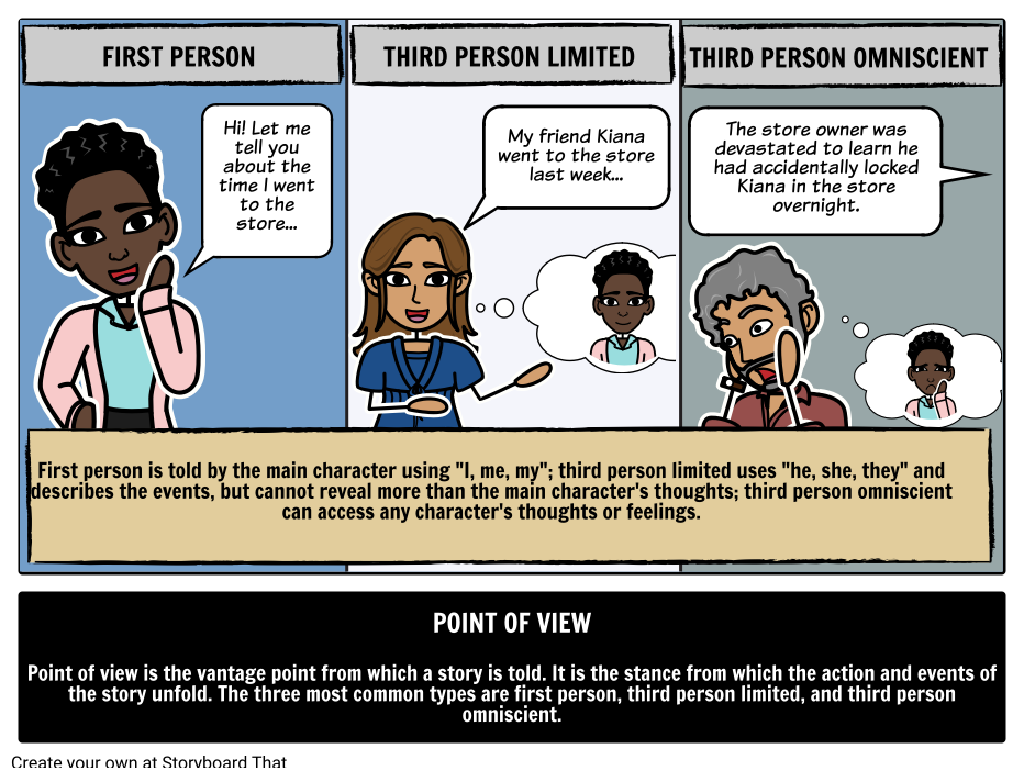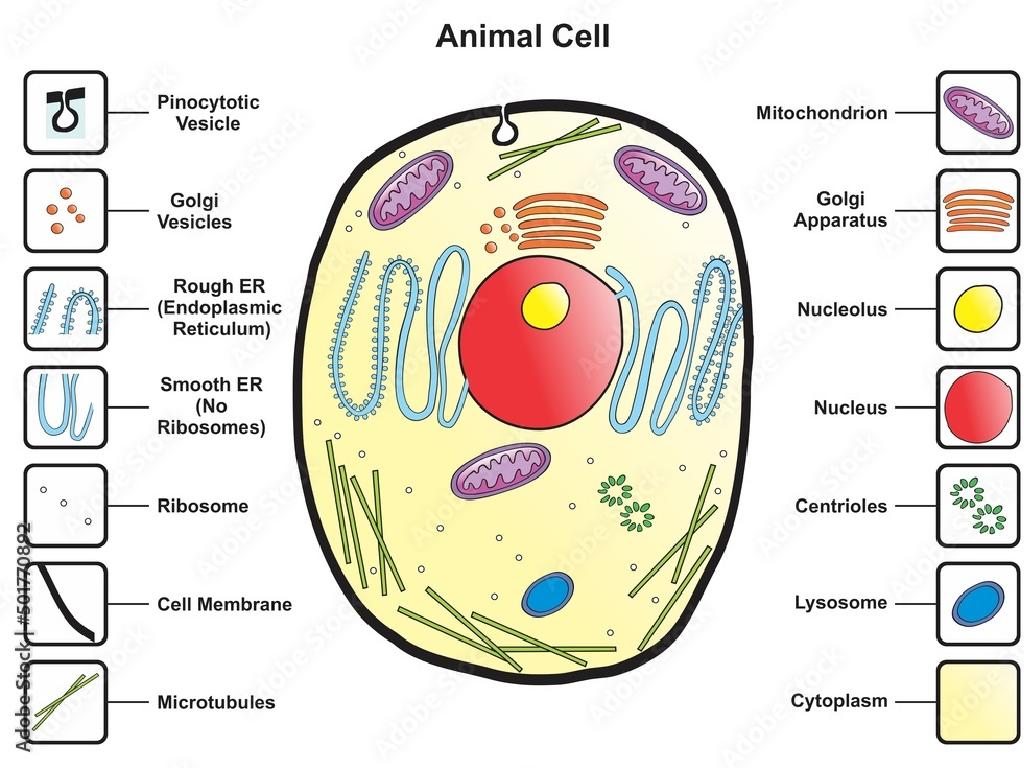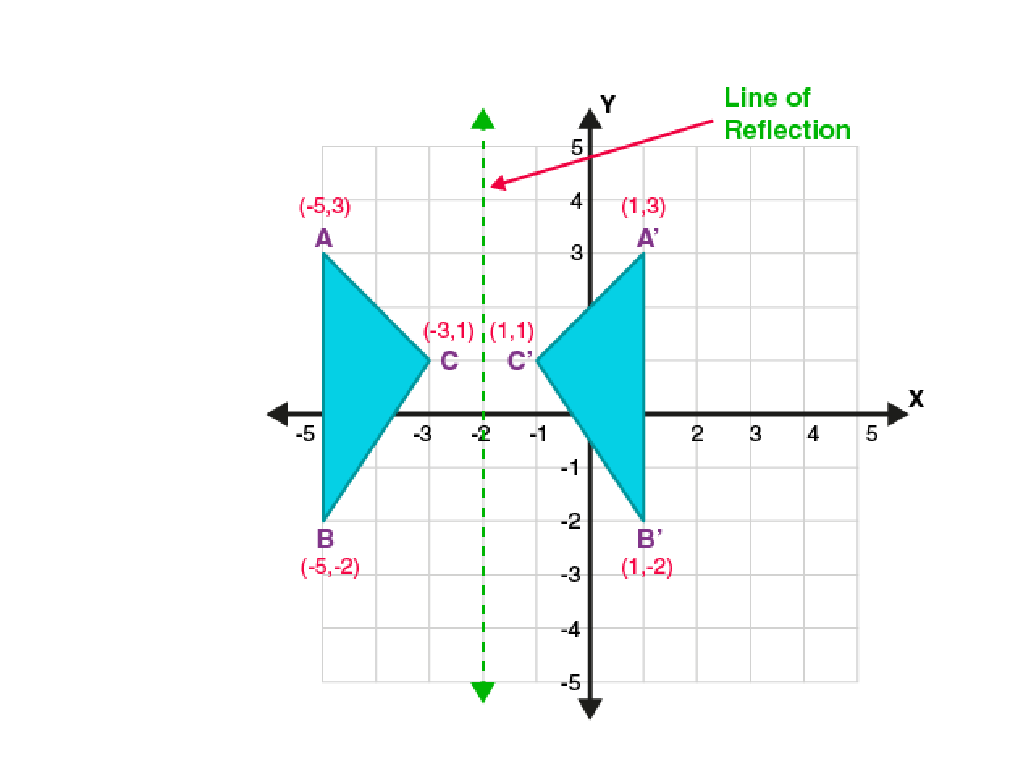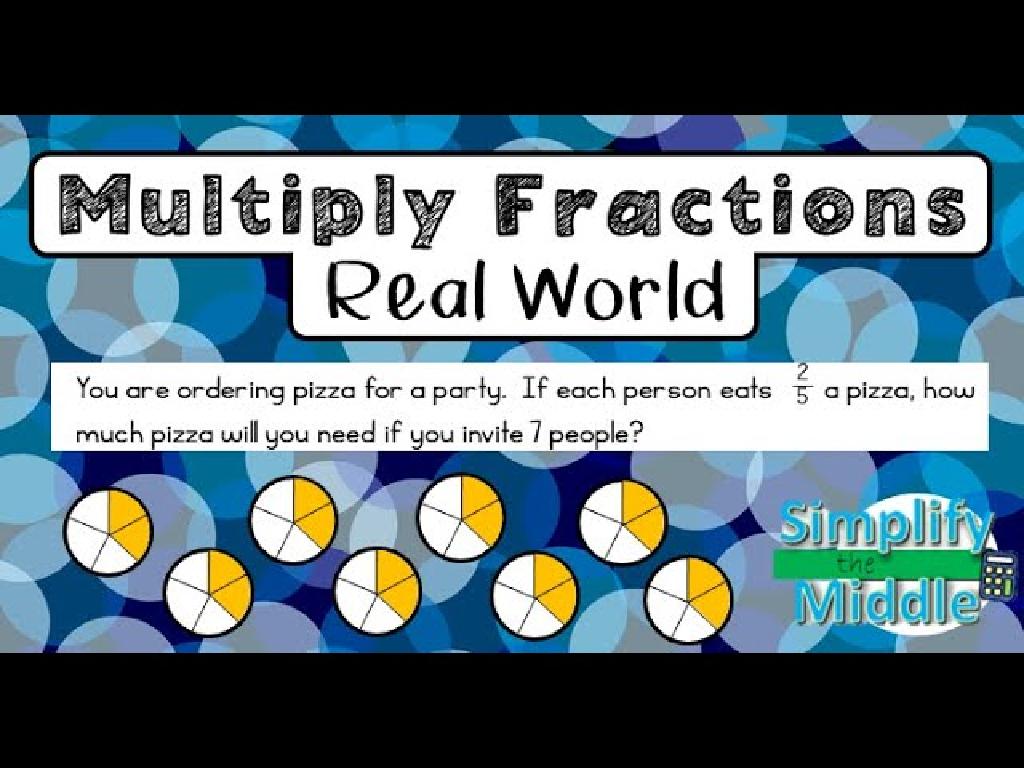Make Predictions About A Story
Subject: Language arts
Grade: Third grade
Topic: Inference
Please LOG IN to download the presentation. Access is available to registered users only.
View More Content
Introduction to Inference: Be a Reading Detective!
– What is inference?
– Inference is like being a detective, but for words!
– Become a reading detective
– Imagine you’re solving a mystery when you read
– Use clues to guess
– Clues can be pictures or words that hint at the story
– Practice with a story
|
In this slide, we introduce the concept of inference as a critical reading skill. Explain to students that making an inference is like using clues to solve a mystery, except the mystery is in the story they read. Encourage them to look for hints in the text or pictures that help them understand the story better. These clues can be actions, feelings, or thoughts of the characters, or even details about the setting. Provide a short story or an excerpt from a book and guide the students to practice making inferences based on the clues provided in the text. This activity will help them become more engaged readers and improve their comprehension skills.
Making Predictions in Stories
– What are predictions?
– Predictions are educated guesses about future events.
– Predicting in stories
– Just like detectives, we use clues from the story to make predictions.
– Predict like guessing a movie’s end
– It’s like trying to guess the ending of a movie before it’s over.
– Predictions improve understanding
– Making predictions helps us to engage with the story and think ahead.
|
This slide introduces the concept of making predictions, which is a critical reading comprehension skill. Explain to students that predictions are like educated guesses about what might happen next in a story, based on information they already know. Compare it to guessing the end of a movie, which they might have done before. Emphasize that making predictions is a fun way to get more involved in the story and to understand it better. Encourage students to look for ‘clues’ in the text that hint at future events. In the next class, we can practice this skill by reading a story together and stopping at different points to make predictions.
Making Predictions Using Story Clues
– Authors provide clues
– Words and pictures in books hide hints
– Predictions based on clues
– Guess what might happen next in the story
– Let’s discover clues together
– We’ll read a story as a class and find clues
– Practice predicting in class
|
This slide introduces the concept of using clues provided by authors in both text and illustrations to make predictions about a story. Explain to students that authors often leave hints or clues that help us guess what will happen next. These can be found in the words they choose or the pictures they show. Engage the class by reading a story together and stopping at key points to discuss potential clues and what predictions they can make. This interactive activity will help students practice the skill of making inferences and understanding the importance of observation and critical thinking in reading comprehension.
Making Predictions in Stories
– Learn to make good predictions
– Observe title and pictures
– Titles and images give clues about the story
– Reflect on the story so far
– Thinking about the events read to guess what comes next
– Ask: What will happen next?
– Use your imagination based on the story’s clues
|
This slide is aimed at teaching third-grade students how to make predictions when reading a story, which is a key part of developing inference skills in language arts. Encourage students to look at the title and any pictures provided to gather clues about the story’s content. They should also reflect on what they have read so far to inform their predictions. Asking themselves ‘What do I think will happen next?’ helps them to actively engage with the text and use their critical thinking skills. During the next class, discuss their predictions and see how they compare to the story’s actual events. This will help them understand how to use context and clues to make informed guesses.
Practice Time: Making Predictions
– Read a story as a class
– Pause for prediction breaks
– We’ll stop reading at exciting parts
– Discuss what might happen next
– Use clues in the story to guess the outcome
– Share your ideas with the class
– Tell us your thoughts and listen to others
|
This slide is for a class activity focused on making predictions while reading a story. Start by choosing an engaging short story suitable for third graders. As you read the story aloud, pause after a few paragraphs, especially at cliffhangers or moments of suspense, and ask the students to predict what will happen next. Encourage them to use clues from the text to support their predictions. Facilitate a discussion where students can share their ideas and listen to the predictions of their classmates. This activity helps develop critical thinking and comprehension skills. Possible activities could include writing down predictions, drawing what they think will happen, or acting out their predictions.
Share Your Predictions
– Share your prediction with a friend
– Explain your prediction’s reasoning
– Why do you think your prediction will come true?
– Listen to your friend’s prediction
– Discuss any differences
– What makes your friend’s guess different from yours?
|
This slide is designed to facilitate a peer interaction activity where students will practice making and sharing predictions about a story they’ve read or will read. Encourage students to think critically about the story’s events and use clues from the text to support their predictions. After sharing, they should listen to their neighbor’s ideas and consider how they arrived at different conclusions. This exercise helps develop their inferencing skills and ability to articulate their thoughts. As a teacher, walk around the classroom to listen to the discussions, provide guidance, and encourage respectful listening and sharing. Prepare to help students who may struggle to make or share predictions by having a few prompts or leading questions ready.
Review Our Story Predictions
– Were our predictions right?
– Clues that helped us guess
– Think about the story’s words, pictures, and what we already know.
– Improving our prediction skills
– We’ll learn to ask good questions and use more clues.
– Practice makes perfect!
|
This slide is aimed at reviewing the predictions students made about a story and reflecting on the process of making inferences. Start by asking students if their predictions were correct and discuss as a class. Encourage them to think about the clues they used, such as the text and illustrations, to make their guesses. Discuss strategies for making better predictions, like asking questions and using prior knowledge. Emphasize that making predictions is a skill that gets better with practice, and encourage them to keep trying with each new story they read.
Class Activity: Craft & Predict Story Endings
– Team up and write a short story
– Include clues for prediction
– Think ‘What hints can suggest what’s next?’
– Get ready to share your story
– We’ll guess the endings together
– Listen to friends’ stories and guess their endings
|
In this engaging class activity, students will work in small groups to create their own short stories. The focus is on embedding subtle clues within the narrative that will allow readers to make predictions about the story’s ending. Encourage creativity and teamwork as they brainstorm and write their stories. After writing, each group will present their story to the class, and the listeners will use the provided clues to infer and predict the ending. This exercise will help students understand the concept of inference and the importance of context clues in storytelling. Provide guidance on how to create suspense and interest through their clues. Offer examples if needed and ensure each student participates in the discussion.

